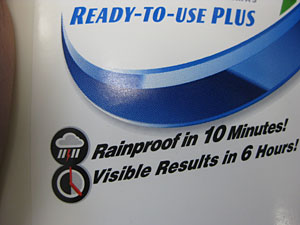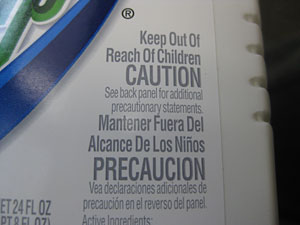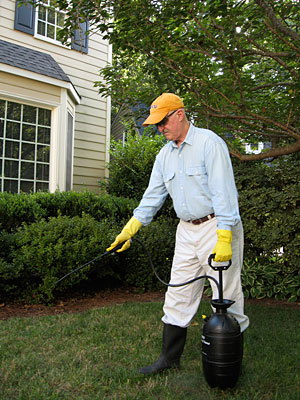Tips for Using Pesticides Safely
Remember, pesticides are designed to kill or repel pests. Keep yourself, your family and your pets safe by following these tips:
- Start by verifying that a pest problem exists. Identify the pest. Make sure you need to use a pesticide. Check out all the other options first.
- Select a product that will work on the particular pest.
- Choose products that are sold as "ready-to-use." These pesticides don't require mixing, so there's less risk of a spill and accidental exposure.

- Before you purchase, use or dispose of a product, read the entire label. It has important information on the safe use of the product, and it's your legal obligation.
- Products labeled with the signal word "CAUTION" are the safest. Look for this word on the label.

- Don't apply more than the maximum rate listed on the label.
- Always wear all the personal protective equipment listed on the label when mixing or applying pesticides.

- Don't smoke, eat or drink while making an application. Stop, remove your gloves, and wash your hands.
- Wash carefully after using a pesticide or during an application if you need to use the bathroom.
- Wash the clothes you wore while making the application separately from your other laundry.
- Never spray when it's windy or raining.
- Keep children, toys, pets and their food and water bowls out of the area while you spray. Don't let them into the area until the time specified on the product label has passed.
- Keep pesticides safely locked up away from children. Never repackage them into other containers. Store pesticides at the right temperature. The label has that information.
- Dispose of pesticides and their containers properly. Contact Nevada Department of Agriculture, 775-353-3715, for information on pesticide disposal.
Hefner, M.
2019,
Tips for Using Pesticides Safely,
Extension | University of Nevada, Reno. IP


